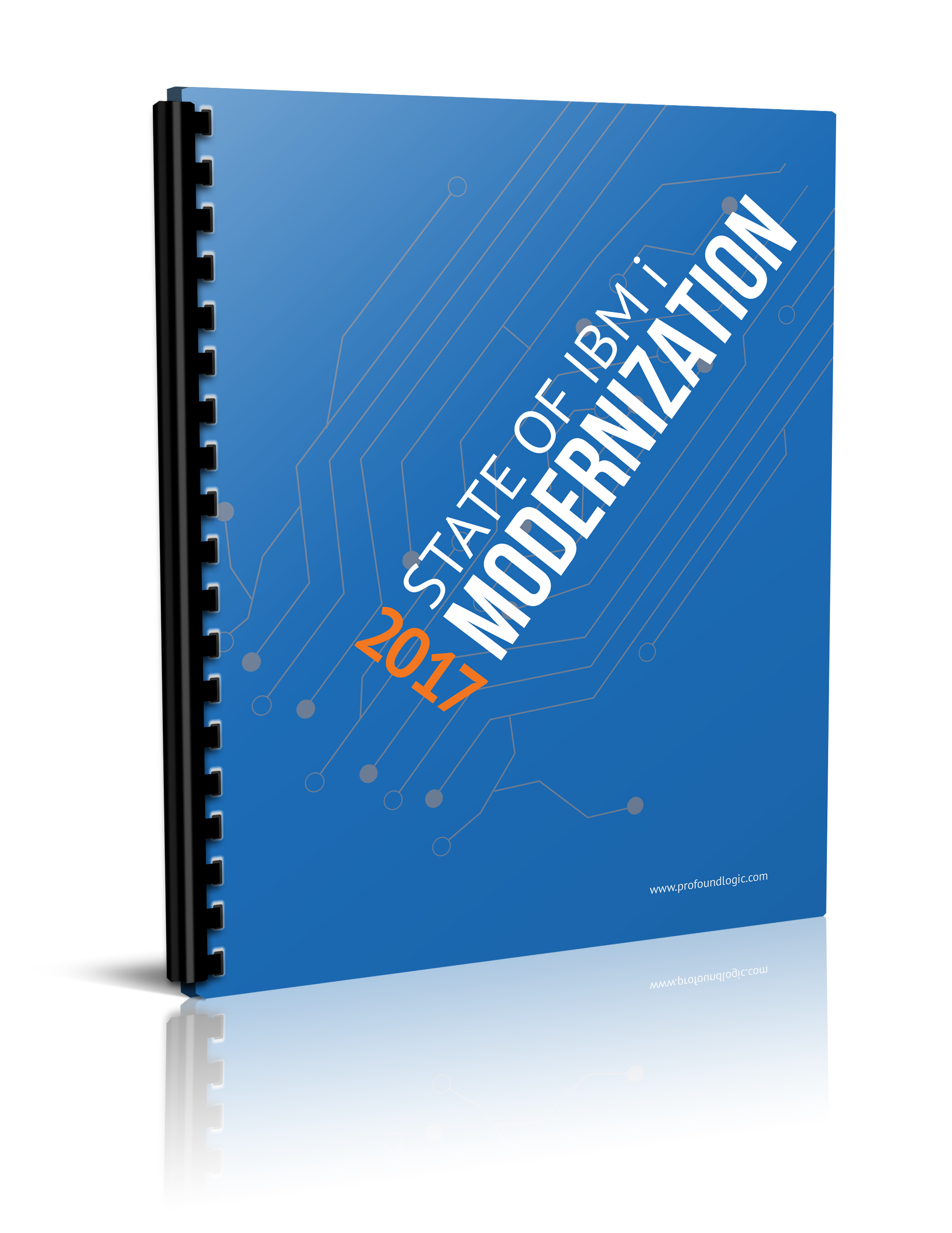Internet of Things (or IoT as it is regularly called) is a system of interrelated computing devices, objects, mechanical machines, digital machines, people, or even animals that have a unique identifier connected to them. These interconnected devices & objects can transfer data over a network without requiring human-to-computer or human-to-human interactions.
A simple way to put it is that a 'thing' can be a farm animal with a bio-chip that sends location & health information, or it can be a person with a wireless heart monitor, or an automobile with a built-in sensor to alert to mechanical issues or traffic issues. Any natural or man-made object that can be assigned an IP address and be able to transfer data over a network would be considered a 'thing' on the IoT.
Practical applications of IoT technology can be used in many industries today including energy, agriculture, transportation, healthcare, building and supply management, and so much more. Profound.js allows you to take advantage of the resources available from IoT and easily integrate those practical applications into your business. As we move into the second month of the new year, we wanted to look at what advancements could be on the horizon for the Internet of Things in 2018.
Edge Analytics
Typically, the cloud has been associated with analytics for big data and batch processing large amounts of data. But as IoT sensor and devices are starting to reach into the millions, it makes sense to capitalize on edge analytics. Sending large amounts of data that is created by IoT sensors and devices to a cloud-based storage solution is not feasible or cost-effective. The amount of data is just too great, especially if you require that data in real-time. IoT edge analytics leverages the edge processor power to do analytics in real-time as data comes in and will pass the results onto the cloud for further use. This process will reduce the amount of data that is traveling to the cloud, while also giving you the real-time data analysis you need.
Simple User Experience
IoT connected consumer devices must focus on the user experience, including the interface with which users interact. If the device is too complicated or not helpful, the device will go unused and the data that was needed will never be collected. This year, many IoT companies are moving towards a simpler experience for their users. Fewer interfaces, fewer buttons, and fewer choices are all in the near future for IoT devices. In short: less is more.
This will allow the consumers to enjoy their devices "out-of-the-box" rather than having to take time to go through a complicated setup procedure. Pre-configuration will be key for this new process to become a reality.
Video Analytics
Machine preventative maintenance is one of the largest benefits that is touted by the Internet of Things for businesses. Predicting when a machine will break down or when it requires maintenance can help save a company both time and money, and video analytics could be the new wave of preventative maintenance.
Sensors and video analytic tools have become smaller, smarter, and less expensive over the past year. As the tools become more advanced, the return on investment for development will drive an acceleration of these technologies in 2018, including video analytics. As companies realize the benefits of condition-based maintenance versus time-based maintenance, video analytics can help with things like anomaly detection and remediation. This will help the business’s bottom line by reducing expensive damaged equipment failures and unnecessary trips by maintenance workers. Video analytic tools can even be used to report the presence of rodents that might damage electronics!
IoT Partnerships
Connecting systems, devices, and peoples is what IoT is centered on. This also applies to connecting providers and partners together. 2018 will see the rise of connecting everything. This 'co-economy' model will see companies both large and small co-innovating and co-developing new and useful devices and sensors. This new ecosystem of partnership will result in comprehensive and more effective IoT solutions that will meet the needs of everyone. As technology evolves and understanding of the power of IoT becomes clearer, more companies are hesitant to approach development alone.
Merging of AI and IoT
Two of the biggest buzzwords in technology in the past few years were Artificial Intelligence (AI) and the Internet of Things (IoT). In 2018, many are confident that the two will come together. There has been a pivot in the IoT world to move from platforms, APIs, and developers (all of which are still important), to get more value out of the IoT data. This pivot has mainly come due to the convergence of AI and IoT. AI allows a better way to help understand data patterns, create learning models, learning systems, using intelligent devices, image and sound recognition, and much more.
AI on its own is disembodied and IoT devices are mindless. By connecting AI and IoT, you essentially are giving AI the eyes and ears it needs to interact with the physical world. Bringing them together creates a powerful technology that breaks down the barrier between machines and people.
Profound.js helps you easily integrate Watson and other Artificial Intelligence into your IBM i applications by taking advantage of the resources available on the Open-Source Ecosystem and Node.js. Click here to see how you can easily get started with Profound.js.




